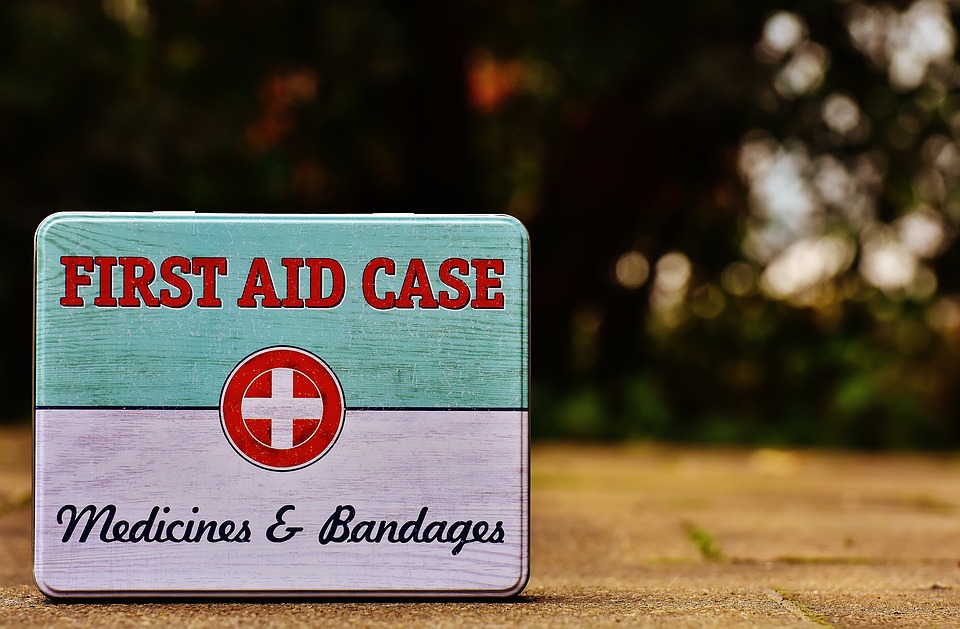It’s hard to believe but often, the first person to come across a medical emergency is not usually a doctor, but everyday people like you and me.
In such situations, the first and most important advice I can give you is to always remain and collected.
So, here’s more about what you should do in some circumstances.
Shock

Nearly all injuries are accompanied to some degree by a condition called shock. If the injury involves blood loss, the circulatory system sets up an automatic, self-regulating action that tries to keep the blood in the deeper parts of the body near the vital organs. The skin often becomes cold, wet and clammy. This reaction to injury should not be confused with electric shock or the temporary shock of simple fainting or with neurogenic (shell) shock.
The first-aid measures dealing with shock and the prevention of shock are the same. The most important first-aid measure is to keep the patient in a lying-down position and thus help the flow of blood to the brain. Unless there are head or chest injuries, the victim may be placed with his head a little lower than his feet.
In treating shock, the main objective is to prevent a large loss of body heat. You will have to use your judgment, after examining the patient, to decide whether or not external heat should be applied to the body surface. If it is applied, care must be taken not to burn the patient. You should not make the victim sweat and it is better for him to be slightly cooler than toasty warm.
If there must be a long wait between the onset of shock and medical care and if the patient is conscious, it may help to give him a mixture of common baking soda and table salt, one-half level teaspoon of each in a quart of water. This mixture may be given in small tips at fifteen-minute intervals. All handling of the victim should be as gentle as possible as any rough handling will add more to the shock.
Strains

Strains happen when muscles are overstretched. Although a strain is unpleasant, it is usually not serious. In most cases, applying heat to the injury and resting will suffice. Typically, there are no visible signs of a strain. When the muscle area is touched or movement is attempted, there is only soreness and discomfort.
Fractures

A fracture is a break in the bone.
If there is no wound accompanying the break, it is called a simple fracture. It is known as a compound fracture if there is a wound associated with the break. A compound fracture might be caused either by the sharp ends of the bone pushing out through the flesh or by a missile such as a bullet, penetrating the body. Needless to say, compound fractures are more dangerous than simple fractures, because there is the danger of infection as well as the break to contend with. Signs of a fracture are an odd position or distortion of the limb. The patient will also complain of pain when he/she attempts to move it.
In all fractures, the broken bone ends as well as the adjacent joints must be kept still. This will help prevent further damage to the flesh by the broken bone. If materials are available and if the first aider is skillful, he/she may wish to splint the injured limb. The best splints are made of rigid materials such as wood. However, newspapers, magazines and even pillows may be used to give temporary support. They should be placed in such a way as to limit movement of the joints. If the first aider has not had extensive training, the best thing to do is leave the fracture alone and to move the patient as little as possible. In almost every case, the broken bone ends can be kept from moving by using the hands alone.
The third part of the series will include how to handle emergencies like burns and cold injuries. If you look forward to it, don’t forget to come back for part 3.


